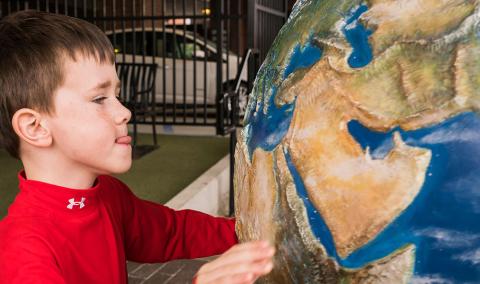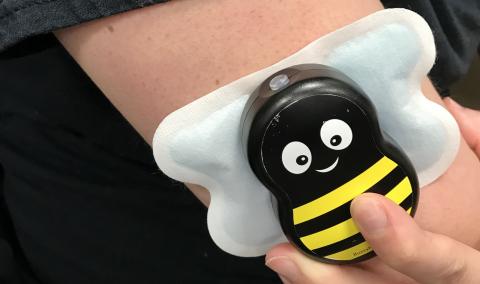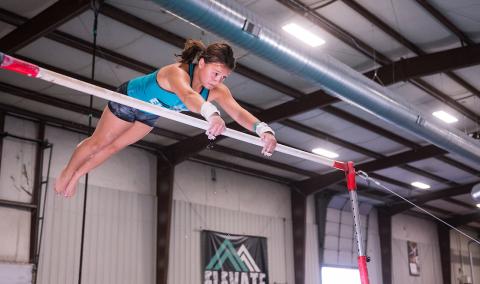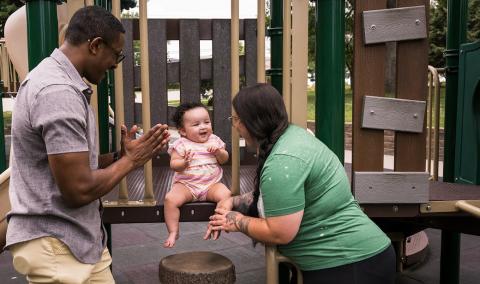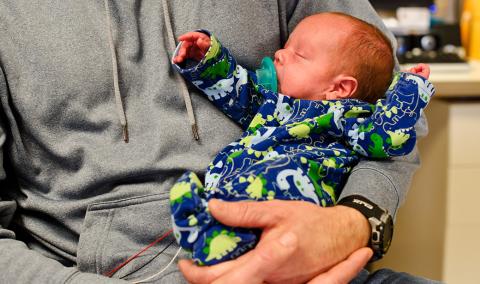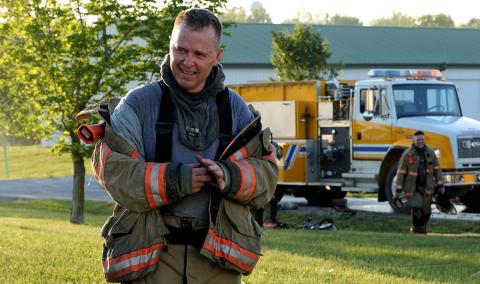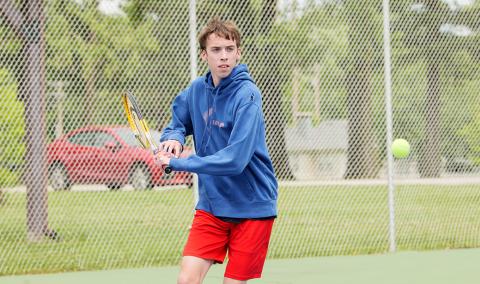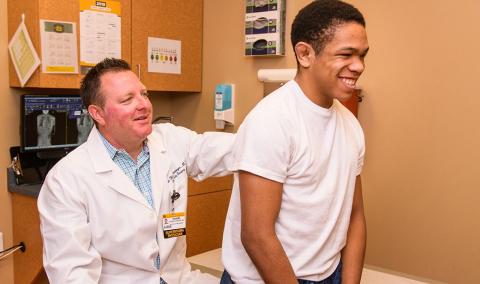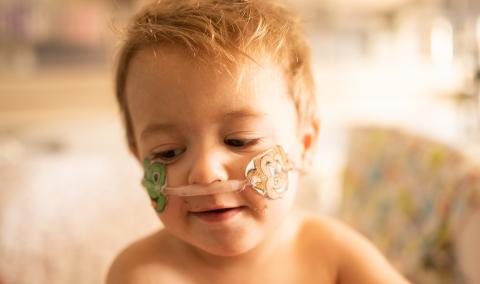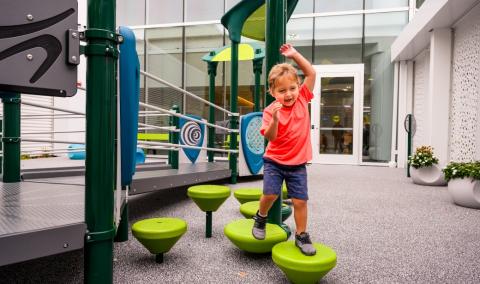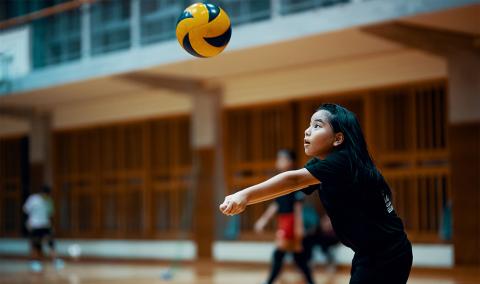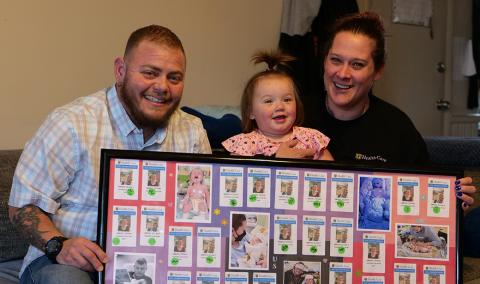Craniofacial dysostosis syndromes are a group of inherited, congenital (present at birth) conditions that affect the skull, face and sometimes the limbs.
When your baby is born with a medical issue, you want compassionate care from a team of doctors you can trust. The Children's Health team at University of Missouri Health Care Children’s Hospital has experience treating children with craniofacial syndromes. We’ll work with your family to develop an individualized treatment plan tailored to your child’s unique needs.
Treatment of craniofacial dysostosis syndromes
Craniofacial dysostosis syndromes are typically caused by a fusion of the joints between the bones of the skull. This creates a skull that is short from front to back, wide and tall with a high forehead.
If your baby is born with craniofacial dysostosis, our craniofacial treatment team examines your child in the first few months of life. We create a personalized care plan for your child; however, some treatment generalizations are possible.
Your child’s doctor will use a computerized tomography (CT) scan – a special type of X-ray – to study the bones of the skull and the brain. If craniofacial dysostosis is diagnosed, your child will need surgery.
The craniofacial surgeon and the neurosurgeon perform the surgery jointly. The surgeons enlarge the child’s skull by removing and reshaping the bones of the skull to give the brain room to grow and also to correct the abnormal shapes that occur as a result of the various types of craniofacial dysostosis. This is a very specialized and complex surgical procedure, and our team of experts safely and effectively performs this surgery with advanced surgical techniques and equipment.
Depending on which specific craniofacial syndrome your child has, additional surgeries may be needed to address other issues. Our team will continue to monitor your child’s long-term growth and development.
Frequently asked questions about craniofacial syndromes
If your child has a craniofacial syndrome, you probably have many questions. Here are answers to commonly asked questions from parents and families.
Is this condition painful?
In general, craniofacial dysostosis is not a painful condition. However, if there is increased pressure on the brain, your child may experience headaches, irritability, nausea and vomiting. Occasionally, in cases where the fingers are tightly webbed together (e.g. Apert’s syndrome), infections around the nails or skin can occur and cause some discomfort. If the orbits (the bony eye sockets) are particularly shallow, the corneas may become dry and irritated, which also may cause discomfort.
What are the different types of craniofacial dysostosis syndromes?
The most common syndromes are:
- Apert’s syndrome. Children with this condition can have a sunken appearance in the middle of their face, bulging and wide-set eyes, a beaked nose and an underdeveloped upper jaw, which can cause crowding of the teeth and related dental problems. They may also have webbed or fused hands and feet.
- Crouzon’s syndrome. Children with this condition can have a similar facial structure as in Apert’s syndrome, but they do not have webbed or fused hands or feet.
- Pfeiffer’s syndrome. Children with this condition have a similar facial structure as in the two previous syndromes but with broad thumbs and toes.
Other craniofacial dysostosis syndromes include Nager’s syndrome, Carpenter’s syndrome, Jackson-Weiss syndrome and Saethre-Chotzen syndrome.
Who gets these syndromes?
Craniofacial dysostosis syndromes are inherited, meaning they are passed down within families. Almost all of the syndromes are inherited in an autosomal dominant fashion, meaning there is a 50 percent chance that a parent with one of these syndromes will pass the syndrome to their child. Often, the parents of these children are not affected, and the gene mutation happens spontaneously during development. However, the severity of the syndrome may vary from one generation to the next.
Which specialists will be involved in my child’s care?
The optimal treatment of children with these complex syndromes is achieved in a multidisciplinary setting.
Our craniofacial treatment team includes a:
- Craniofacial surgeon
- Pediatric Neurosurgeon
- Pediatric Neuropsychologist
- Geneticist
- Orthodontist
- Pediatric ophthalmologist
- Pediatrician (who specializes in treating infants with craniofacial anomalies)
- Speech/language pathologist
- Pediatric plastic surgery nurse
Depending on your child’s needs, other specialists also may be involved.
Related Conditions & Treatments
- Adolescent Medicine
- Chest Wall Deformities
- Down Syndrome
- Emergency Care for Kids
- Gastrostomy and Feeding Access Program
- Hyperbaric Oxygen Therapy
- Juvenile Diabetes
- Neonatology
- Pediatric Anesthesiology
- Pediatric Cancer
- Pectus Carinatum
- Pectus Excavatum
- Pediatric Cardiology
- Pediatric Dermatology
- Pediatric Development and Behavior
- Pediatric ENT (Ear, Nose and Throat)
- Pediatric Epilepsy
- Pediatric Eye Care
- Pediatric Gastroenterology
- Pediatric Infectious Diseases
- Pediatric Inpatient Rehabilitation
- Pediatric Nephrology
- Pediatric Neurology
- Pediatric Neurosurgery
- Pediatric Orthopaedics
- Pediatric Plastic Surgery
- Pediatric Primary Care
- Pediatric Psychiatry
- Pediatric Pulmonary Medicine
- Pediatric Sleep Medicine
- Pediatric Surgery
- Pediatric Surgical Services
- Pediatric Urology
- Pediatric Vascular Anomalies
- Pediatric Weight Management
- Sickle Cell Disease
- Aerodigestive Program



